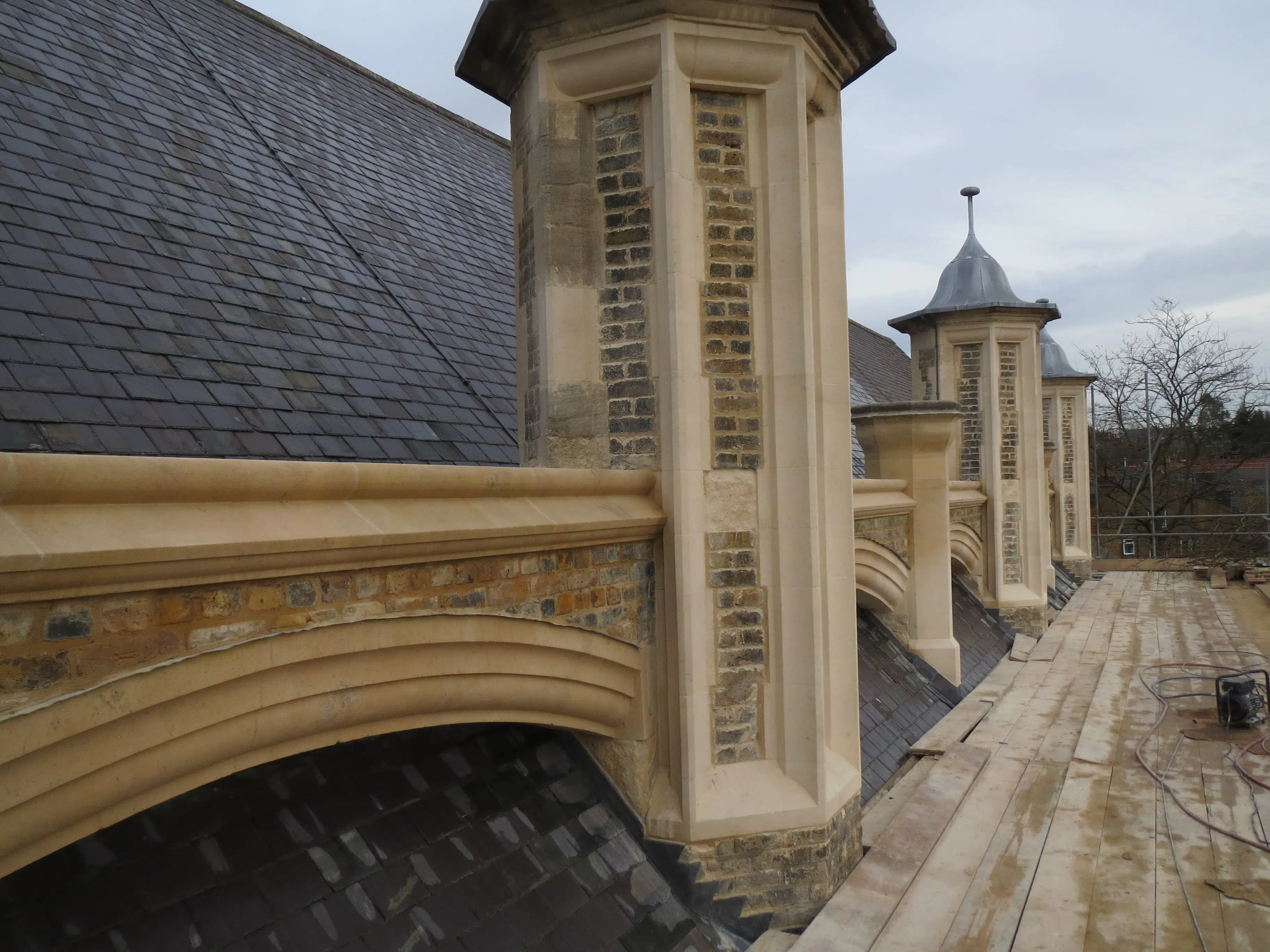Bringing historic rock back to life is a venture rich in heritage, skill, and sustainability. Restoring stone is more than just fixing a broken facade; it is an artistic process that requires comprehending the components, approaches, and the heritage value of the buildings we cherish. If you are a homeowner looking to maintain a historic building or simply keen on the complex methodology of revitalizing stone features, understanding how to begin is vital.
In this manual, we will delve into the key elements of stone restoration, including typical errors to steer clear of and the creative methods that can ensure your effort is not only successful and respectful of the heritage. With the appropriate understanding and readiness, you can reveal the inherent elegance of aged stones while aiding the sustainable initiative of preserving our built heritage.
Vital Advice for Stone Restoration
When embarking on a rock rehabilitation endeavor, the initial essential tip is to evaluate the condition of the stone meticulously. Note of any visible defects, such as fissures, stains, or wear, and determine the material category. Various categories of stone, such as marble, have specific requirements and can require different restoration approaches. Grasping https://squareblogs.net/leadaunt5/the-canvas-of-nature-refining-the-skill-of-earthly-stones-rejuvenation will help you formulate a targeted strategy and stop making expensive mistakes during the rehabilitation procedure.
Another, crucial element to consider is the clean-up strategy. Consistently start with the mildest cleaning agents and techniques, especially for delicate stones that can be easily harmed. Utilizing pH-neutral cleansing agents and soft implements will help preserve the rock's exterior while taking away soiling and grime. Moreover, performing a small test patch before full-scale cleansing can help identify the optimal way to prevent damaging the complete area.
In conclusion, upkeeping your rehabilitated stone is just as vital as the restoration procedure itself. Routine upkeep, including protecting the stone and using suitable cleaning agents, will extend its lifespan and ensure it appearing its finest. Consider implementing a upkeep schedule that includes routine check-ups for indications of damage or issues, which will enable you to address any problems early on. This forward-thinking approach will guarantee that your rock surfaces stay lively and functional for many years to follow.
Protecting and Protecting Natural Stone Surfaces
To ensure the longevity of your natural stone surfaces, consistent care is crucial. who offers marble polishing services in sydney and particles can build up, causing in scratches and dullness over time. It's advisable to clean natural stone with a non-abrasive cloth or mop and a pH-neutral cleaner specifically designed for stone. This assists to reduce the build-up of grime while preserving that the natural beauty of the stone is maintained. A steady cleaning routine will also help you identify any signs of damage promptly, making it simpler to fix potential issues before they worsen.
In addition to routine cleaning, protecting stone surfaces from harm is important. Using a premium stone sealer can deliver an added layer of defense against spills and stains. Sealing your stone not only enhances its look but also renders it less porous, which helps to prevent moisture entry that can lead to mildew or mold. It's essential to reapply the sealer as recommended by the product guidelines, usually every year or two, to ensure maximum protection.
Finally, steering clear of common household hazards can greatly impact the longevity of your stone surfaces. Be mindful with materials that can cause etching, such as acidic cleaners or strong chemicals. Additionally, placing protective mats or coasters under heavy objects can reduce the risk of scratching and dents. By taking these easy precautions and maintaining a consistent care routine, you can keep your stone surfaces looking beautiful and functional for many years to come.
The Value of Residential Restoration in Historical Context
Restoration of homes holds a crucial role in preserving the historical story of a society. Many antique homes possess stories and meaning that embody the cultural history and character of the region. By reviving these houses, we celebrate the artistry of those who came before us and ensure that their efforts are not lost to time. This activity allows those to come to connect with their history, fostering a sense of self-worth and cohesion within the neighborhood.

Furthermore, restored historic buildings typically serve as educational tools. They furnish understanding into design trends, construction methods, and the societal values of their time. Renovation allows these structures to remain practical while highlighting their authentic charm, providing guests a physical connection to the history. As urban areas grow and change, maintaining these historical residences can also boost travel interest, benefiting local economies and promoting a greater respect for historical resources.
In conclusion, residential restoration contributes to sustainability by reducing the environmental impact often associated with new developments. Reviving an existing building minimizes excess waste and makes use of the existing resources, working with current practices of green practices. In this method, residential restoration not only protects our built heritage but also supports responsible stewardship of our resources, ensuring that the stories of the history continue to enhance our experience in our time.
